Evening-primroses are easy to identify when in bloom, but before blooming the plants can look quite similar to other plants. There are numerous other Oenothera species in North America, although they are much less common than this one, in most regions, and this guide will not cover how to tell them apart.
Oenothera biennis looks superficially similar to lobelias, especially Lobelia cardinalis and Lobelia siphilitica, but they rarely grow in the same habitat: O. biennis prefers dry, exposed conditions, and both these lobelias prefer very wet conditions, often sheltered or partly shaded. In wet and shadier conditions, if they survive at all, evening primroses will grow very tall (looking for more light).
One plant that frequently shares its habitat is Erechtites hieraciifolius, often called "Fireweed", "Burnweed", or "Pilewort". This plant is an annual, and not only has a similar growth habit and leaf shape, but it also shoots up at a similar rate to second year O. biennis plants. The picture below shows both plants.
A distinctive feature to look at on the evening primroses is the coloration of the leaf: the leaf midribs usually have a distinctly pinkish hue. This feature is not common on plants and is usually characteristic of evening primroses. Also, the teeth on the leaf margin are smaller and more regular than on Erechtites hieraciifolius, which can sometimes have small, regular teeth, but often has larger lobes or irregular teeth. As the plants get very tall, evening primroses typically have a tougher, more woody stem, whereas Erechtites hieraciifolius has a softer (but often thicker), more vegetative stem. Also note in the picture below how on the primrose plant, the leaves spiral out in a radial pattern, like a rosette, near the top of the plant, whereas on Erechtites hieraciifolius, they often initially grow upright and then fold down as the plant grows.


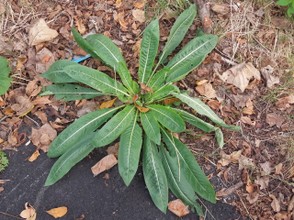
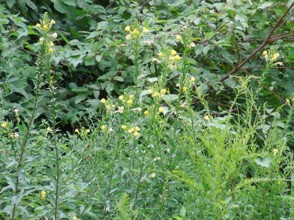
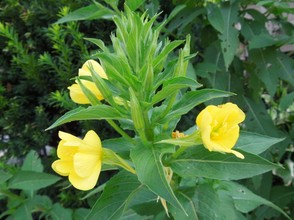
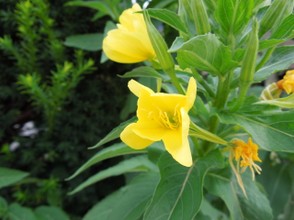
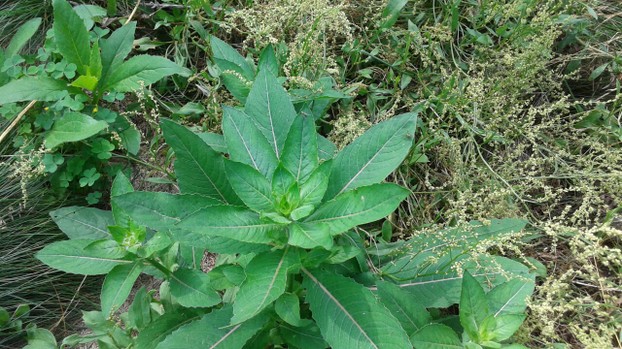
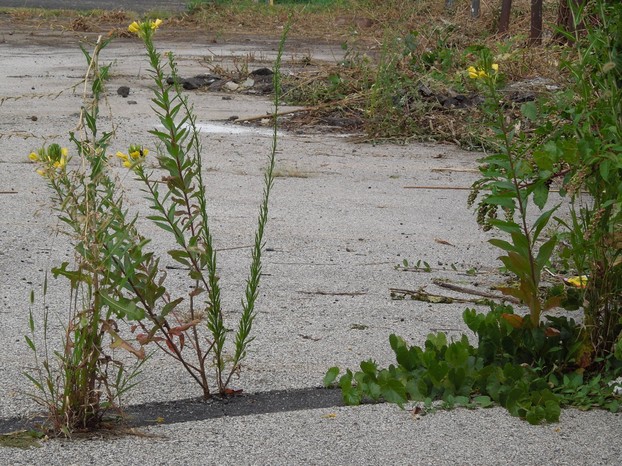
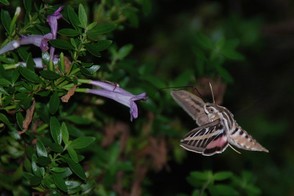
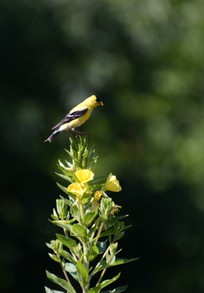



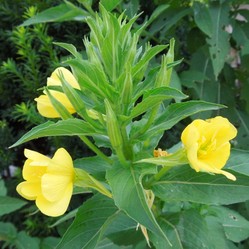

 The Shaming of Femininity and Elevation of Masculinityon 07/13/2017
The Shaming of Femininity and Elevation of Masculinityon 07/13/2017
 What is Genderqueer or Non-Binary Gender?on 10/16/2015
What is Genderqueer or Non-Binary Gender?on 10/16/2015
 Resources for Learning Spanish Free Onlineon 04/13/2016
Resources for Learning Spanish Free Onlineon 04/13/2016
 Ways Native Plants Can Help Control Invasive Plantson 05/26/2016
Ways Native Plants Can Help Control Invasive Plantson 05/26/2016
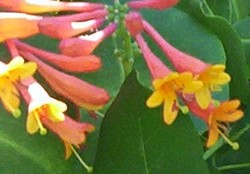
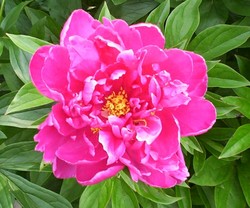
Questions? Comments? Feedback?
When a plant supports wildlife it gets my vote.
I haven't seen the yellow evening primrose, but I've seen plenty of pink primroses. They grow in early spring here in south Texas, but I've seen them in Illinois and Tennessee, too.
Yeah! I haven't even started adding anything about the medicinal properties of this plant...I have heard that evening primrose has traditional medicinal uses (and food uses) in native American culture, and I know it is used in modern complementary medicine too...but I haven't researched it enough yet.
Perhaps this is something I can add in the future!
I was looking to learn more about this plant. Evening primrose oil has many therapeutic uses. I enjoyed your article and now remember seeing this plant in these parts as well. It was nice to learn more about it.